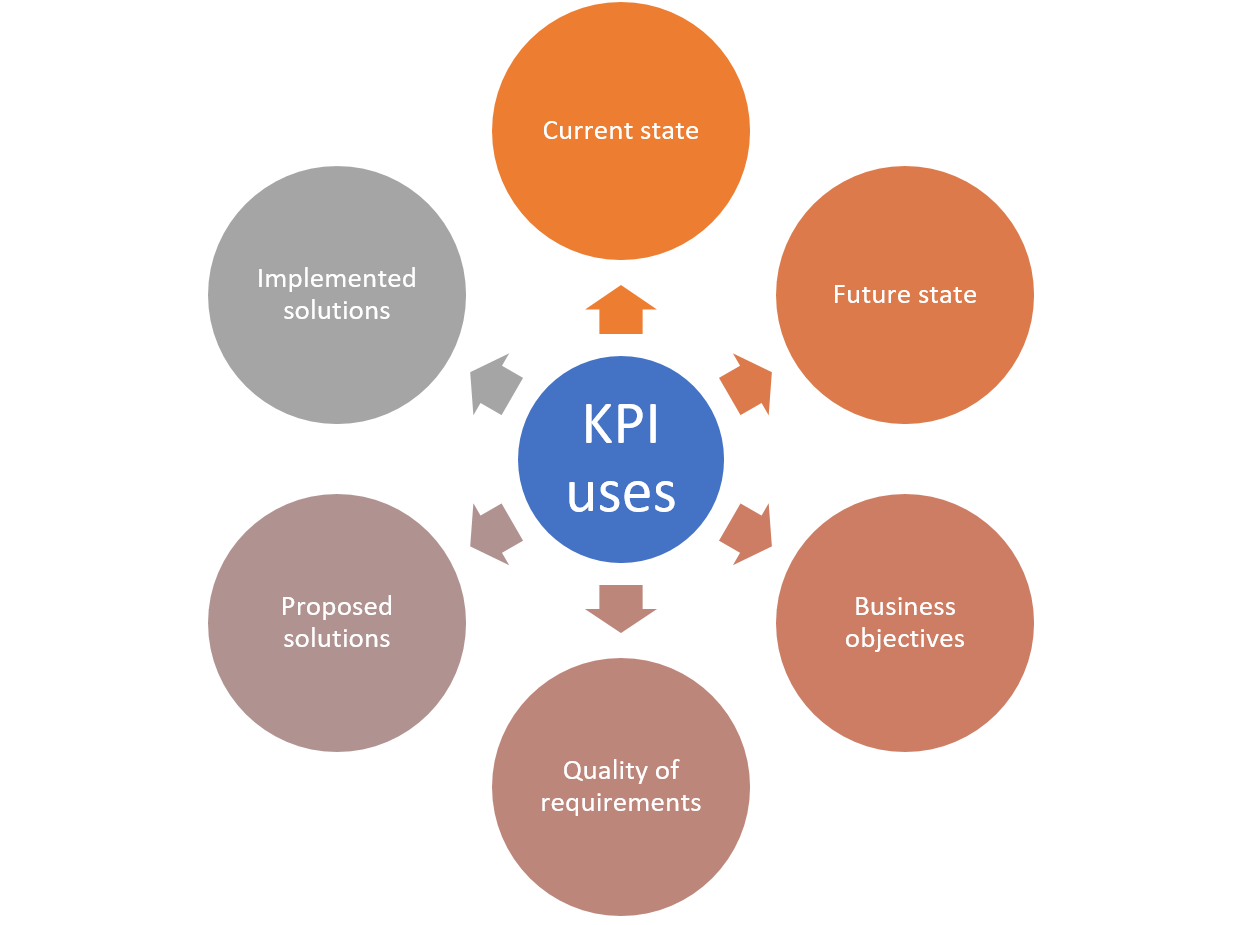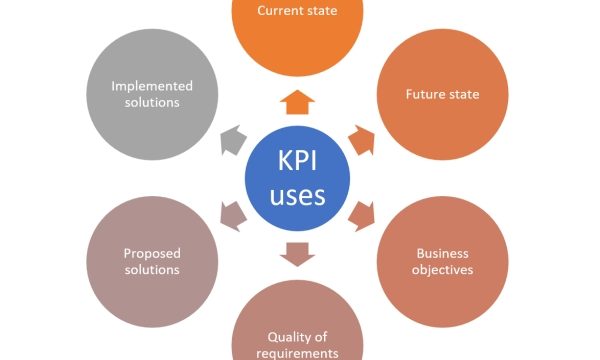
In today’s fast-paced and competitive business landscape, success hinges on the ability to measure and analyze performance effectively. Key Performance Indicators (KPIs) serve as the compass that navigates organizations towards their goals, providing valuable insights and a holistic understanding of performance metrics. These indicators act as guideposts, highlighting both the strengths and areas for improvement within an organization, ultimately paving the way for growth and success.
KPIs are quantifiable measurements that align with specific business objectives, allowing companies to assess progress towards their goals. By identifying and tracking these indicators, organizations gain a deeper understanding of their performance, uncovering opportunities for optimization and enhancing decision-making processes. Whether it’s measuring customer satisfaction, tracking sales revenue, or monitoring operational efficiency, KPIs offer a comprehensive snapshot of an organization’s health and performance.
The power of KPIs lies not only in their ability to provide relevant and real-time data but also in their capacity to drive action and accountability. By establishing a set of performance benchmarks and regularly monitoring progress, businesses can identify patterns and trends, enabling them to make informed decisions and steer their operations in the right direction. Moreover, KPIs help align teams and departments by providing a clear roadmap and shared goals, fostering collaboration and driving a collective sense of purpose.
As the business landscape continues to evolve at an unprecedented pace, leveraging the power of KPIs is no longer a luxury but a necessity. In this article, we will delve deeper into the world of Key Performance Indicators, exploring their significance, types, and best practices for implementation. Whether you are a business owner, manager, or an aspiring professional, understanding and harnessing the power of KPIs is essential for unlocking success and propelling your organization towards new heights. Let’s embark on this journey of discovery, and uncover the potential that lies within Key Performance Indicators.
Understanding Key Performance Indicators
Key Performance Indicators (KPIs) are vital metrics used to assess the progress and performance of businesses. These indicators provide valuable insights into an organization’s goals and objectives, helping to measure and track success. By analyzing specific KPIs, businesses can make data-driven decisions and optimize their strategies for growth.
KPIs serve as a benchmark for evaluating various aspects of a business, such as sales, customer satisfaction, employee productivity, and financial performance. Each KPI is carefully selected based on its relevance to the specific goals of the company. For example, a retail business might use sales revenue, customer retention rate, and average purchase value as primary KPIs to gauge their success in generating revenue and maintaining customer loyalty.
Understanding KPIs involves identifying the critical metrics within an organization’s industry and aligning them with the business’s objectives. By defining clear and measurable KPIs, companies can set realistic goals and track their progress over time. It is important to regularly review and update these KPIs as business priorities and market dynamics evolve.
Having a comprehensive understanding of KPIs allows businesses to have a holistic view of their performance and make informed decisions. By harnessing the power of key performance indicators, organizations can unlock their potential for growth and success.
Selecting the Right KPIs
To truly unlock success and harness the power of Key Performance Indicators (KPIs), it is crucial to select the right ones for your business. Identifying the most relevant KPIs can provide valuable insights into the performance of your organization and drive strategic decision-making. Here are some key considerations to keep in mind when choosing your KPIs:
Align with Business Goals: When selecting KPIs, it is important to align them with your business goals. Your KPIs should directly reflect what matters most to your organization and help measure progress towards achieving these objectives. By ensuring a clear alignment between KPIs and business goals, you can focus your efforts on measuring what truly matters.
Prioritize Relevance and Actionability: Choose KPIs that are relevant to your industry, department, or specific objectives. Select metrics that provide meaningful insights into the performance of your business and can drive actionable improvements. It is essential to have KPIs that are measurable, realistic, and have a direct impact on decision-making processes.
Consider Data Availability and Accuracy: Before finalizing your KPIs, consider the availability and accuracy of the data required to measure them. Ensure that the necessary data can be collected and analyzed in a timely manner. It is crucial to have reliable data sources and measurement methodologies to ensure the accuracy and validity of the KPIs.
Business Metrics
By carefully selecting the right KPIs, you can effectively track progress, measure performance, and make data-driven decisions that lead to improved business outcomes. Remember, the key is to have KPIs that align with your goals, provide valuable insights, and can be measured accurately.
Utilizing KPIs for Success
A carefully selected set of Key Performance Indicators, or KPIs, can be a powerful tool for driving success in any organization. By focusing on measurable metrics that align with strategic objectives, businesses can gain valuable insights and make informed decisions. Here are some key considerations for effectively utilizing KPIs and harnessing their power for achieving success.
When selecting KPIs, it is important to align them with the overall goals and objectives of the organization. By identifying the specific outcomes that are critical to success, businesses can narrow down their focus and ensure that the chosen KPIs provide meaningful insights. This requires a deep understanding of the business’s strategic priorities and a clear vision of what success looks like.
In addition to aligning KPIs with strategic goals, it is crucial to regularly monitor and track progress towards these key indicators. This allows businesses to identify trends, spot potential issues, and take corrective actions in a timely manner. Real-time data and analytics can provide valuable visibility into performance, enabling decision-makers to make data-driven choices that support success.
Furthermore, communication and collaboration across different levels of the organization are vital for utilizing KPIs effectively. By sharing and discussing key metrics with relevant stakeholders, everyone can gain a clear understanding of the organization’s performance and the actions required to drive success. This fosters a culture of accountability and continuous improvement, where individuals and teams can adapt and refine their strategies based on the insights provided by the KPIs.
In conclusion, harnessing the power of Key Performance Indicators can significantly contribute to the success of an organization. By aligning KPIs with strategic objectives, monitoring progress, and fostering communication, businesses can gain valuable insights and make informed decisions that drive them towards their overall goals. With the right set of KPIs in place, organizations can unlock their true potential and achieve sustainable success.

